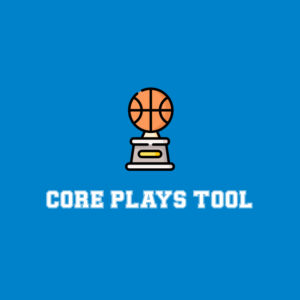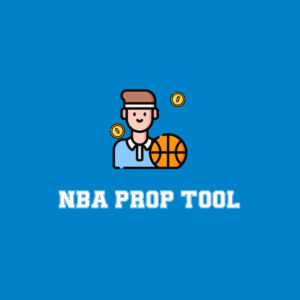
The MLB season is just about to start and it’s always a good time to run through some tips and general approaches to play DFS and find some success. Of course, some rules will be bent throughout the season and each slate is a new and specific challenge. Still, having some general “rules” doesn’t hurt to make it all the way to the end of the year.
MLB DFS Strategies and How-To for 2025
1. Bankroll Management Is Vital
We say this rule all the time in any sport, but when the season starts, it’s easy to try and play a ton of contests or bet a ton of money during one day. I cannot stress enough to not do this, as we have over 180 days in the MLB season. Keep in mind how many opportunities you’re going to have to win money and control the amount you’re spending on contests and wagers. You don’t need to go nuts in the first week and lose 70% of your bankroll if things don’t go right immediately. With it being such a long season, you’re likely going to hit a lull here and there. Proper bankroll management will get you through the whole year.
2. Get Your Starting Pitching Right
This seems straightforward and anyone can tell you that, but it is one of the most crucial aspects when building lineups. On DraftKings, you do get two pitchers, so there is at least a sliver of grace if one pitcher doesn’t perform to expectations. On FanDuel, there is only one pitching slot, so a poor start ruins the evening. The scoring is also very, very different as this is the FD scoring –

In contrast, DK penalizes hits and walks allowed by your pitcher –

When I build cash games, I generally start with the pitching on each site and then move on to the hitting after that. For tournaments, it’s a little looser as to where I start first but I usually do start with one pitcher and my main stack on DK. We’ll get to stacking in just a minute.
3. The K Is King
Numbers 2 and 3 go hand in hand, because one of the main things you’re going to want in your pitching is strikeout ability. If you have a choice of a pitcher that could go six innings, give up 1-2 runs, and only strike out 3-5 hitters, the appeal is a bit limited. If you have a pitcher who might give up a little more production but can also strike out 8-10 hitters, I’m going for the second pitcher nearly every single time.
We need to chase strikeouts from the pitchers to attain a ceiling outcome in our lineups. That means looking at the K rate overall, CSW (Called Strike Plus Whiff Rate), and swinging-strike rate. The CSW is a way of identifying the amount of pitches that result in a called or swinging strike. The higher these rates are, the higher our interest should be. Since DK penalizes negative outcomes and rewards positive outcomes at a higher rate, chasing the strikeout is always going to be worth the risk.
I always get the question if I’m opposed to using pitchers from the same game on DK. To me, I don’t have a huge issue with it if the projections think both pitchers will score well. The average win rate for a starting pitcher in 2024 was 53.8%. Don’t get me wrong — it is nice to add eight points from two combined wins to your lineup at the end of the slate. However, it’s just not the most realistic thing to shoot for at a 53.8% average hit rate. I don’t go out of my way to use pitchers from the same game against each other but I don’t shy away from it, either.
4. Stack It Up and Correlate
This rule doesn’t apply quite as much in cash games, but for GPP I follow this rule every night. We want to stack our favorite offenses (you can max out at five hitters from a single lineup on DK, four on FD) to maximize the points scored in our lineups. Sure, home runs are awesome and “Chicks dig the long ball” didn’t happen for no reason. However, stacking hitters that are next to each other in the batting order is the way to go. Trying to find hitters that will hit a home run can be difficult, especially if you’re playing one hitter from eight different teams.
Stacking up the 2-3-4-5-6 hitters from an offense will basically always yield more consistent results than solely hunting for home runs. Those five hitters may not hit more than one home run but can rack up points with singles, stolen bases, doubles, runs scored and RBIs. If the 2 hitter gets a single and stolen base, and then the 3 hitter hits a double, that sequence is worth 15 total points on DK. That’s one point more than a solo home run and illustrates how one offense can pay off if stacked correctly and in ways that correlate with each other.
The correlation aspect is an important one. Just picking five players from the same lineup won’t garner the same high-end results as keeping those hitters close to each other. You can utilize a “wraparound” stack — 9-1-2-3-4 or any kind of variation — but you want them close in the order.
5. Chase ‘Event Upside’ Hitters
That means that we want to avoid players who are just going to hit singles or walk. Not every hitter will have a ton of power, but if you play someone without power, you want them to be able to steal bases. You want them to be able to create an event, be it a double, triple, home run, stolen base or RBI(s). A hitter can go 2-5 with a run, and that’s a strong day at the plate for his team. That’s also just eight points for our fantasy lineups, so it’s not the most helpful player we’re going to have. You want as much event upside in your lineup as possible, and that includes your secondary stack. On DK, I will generally go with a 5-3 stacking approach in my main lineup but I will almost never drop below 4 hitters for my main stack.
6. Use the GPP Scores and Discord
Just like our other sports, using the GPP scores that will be located on the MLB Ownership Projections and GPP Scores page will pay off throughout the season. These scores aren’t a guarantee that you’re going to win every night but they do identify plays that will get us to finish in the top 1% of contests, which is the ultimate goal. Using them as a guide to see which pitchers and offense are not being used properly on each slate will be a boon to our lineups all year long.
The FTN Discord will also be one of the best tools of the year, because that’s where we’ll be leading up to the slate to discuss the slate. MLB is a little different since we tend to get lineups hours in advance so it’s not the mad dash that NBA can be so we generally have time to digest and sift through the information in front of us. I’m sure we’ll break some rules here and there throughout the year, but let’s have a great season.








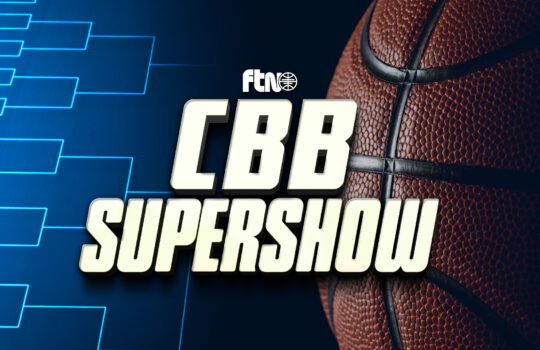

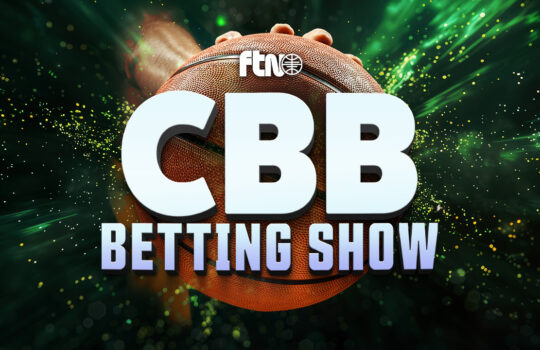






















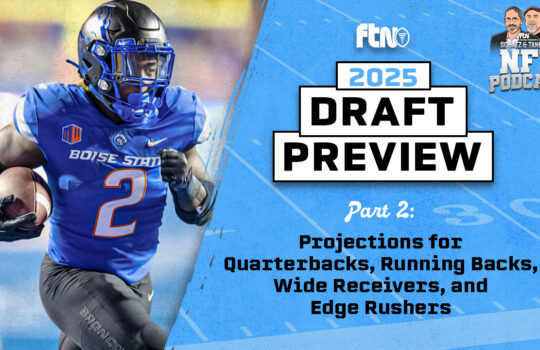

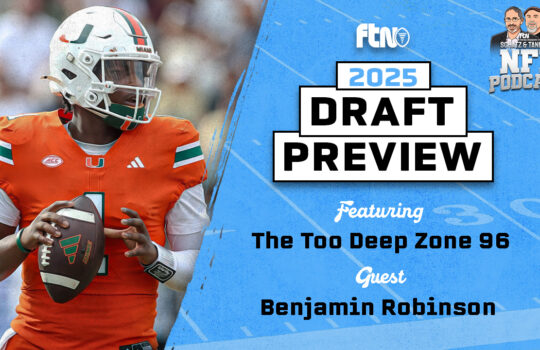
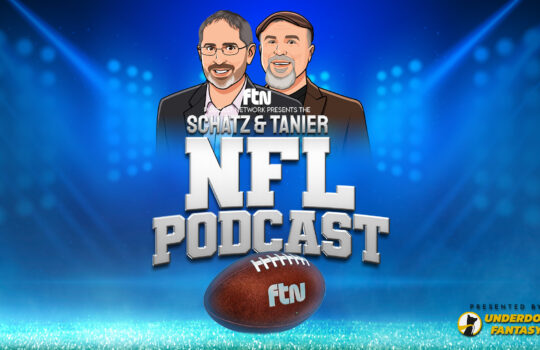




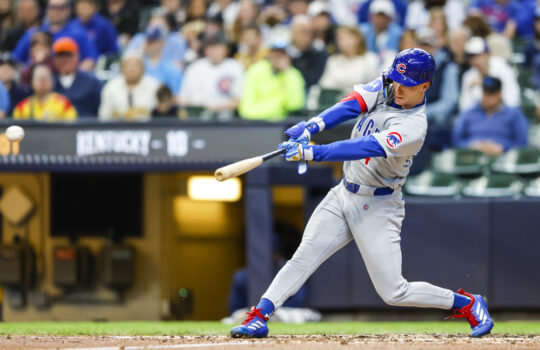

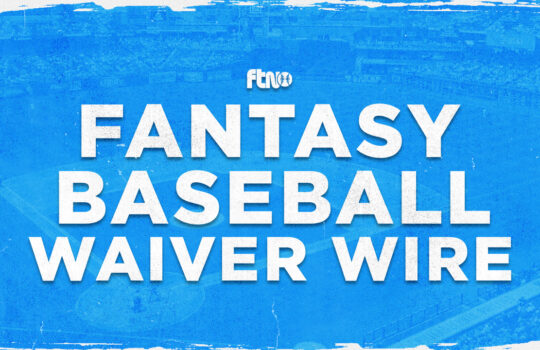

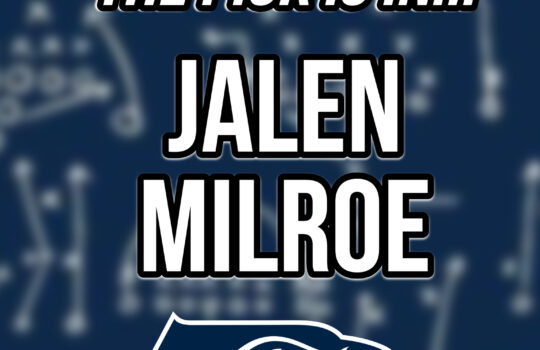

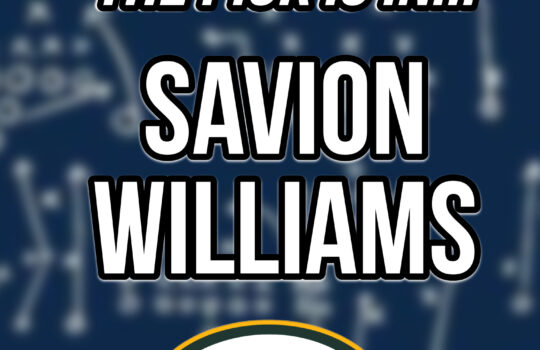
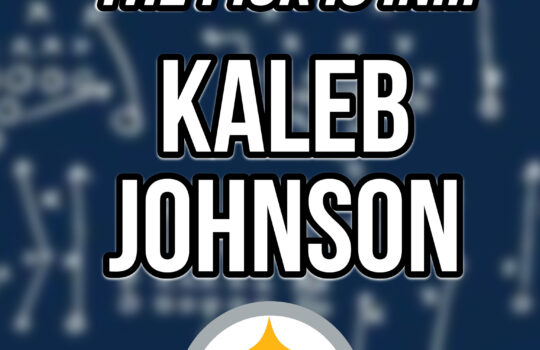

 New York Jets
New York Jets  New England Patriots
New England Patriots  Miami Dolphins
Miami Dolphins  Buffalo Bills
Buffalo Bills  Pittsburgh Steelers
Pittsburgh Steelers  Cleveland Browns
Cleveland Browns  Cincinnati Bengals
Cincinnati Bengals  Baltimore Ravens
Baltimore Ravens 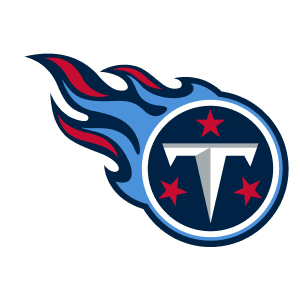 Tennessee Titans
Tennessee Titans  Jacksonville Jaguars
Jacksonville Jaguars  Indianapolis Colts
Indianapolis Colts  Houston Texans
Houston Texans  Las Vegas Raiders
Las Vegas Raiders  Los Angeles Chargers
Los Angeles Chargers  Kansas City Chiefs
Kansas City Chiefs  Denver Broncos
Denver Broncos  Washington Commanders
Washington Commanders  Philadelphia Eagles
Philadelphia Eagles  New York Giants
New York Giants  Dallas Cowboys
Dallas Cowboys  Minnesota Vikings
Minnesota Vikings  Green Bay Packers
Green Bay Packers  Detroit Lions
Detroit Lions  Chicago Bears
Chicago Bears  Tampa Bay Buccaneers
Tampa Bay Buccaneers  New Orleans Saints
New Orleans Saints  Carolina Panthers
Carolina Panthers  Atlanta Falcons
Atlanta Falcons  San Francisco 49ers
San Francisco 49ers  Seattle Seahawks
Seattle Seahawks  Los Angeles Rams
Los Angeles Rams  Arizona Cardinals
Arizona Cardinals 
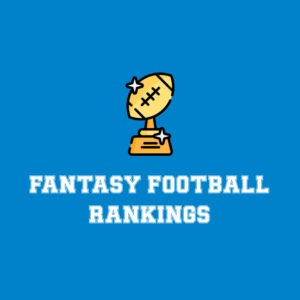
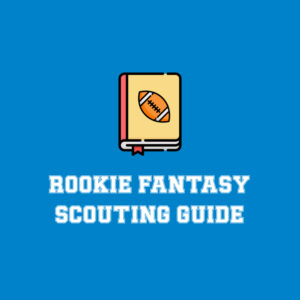






 Boston Celtics
Boston Celtics  Brooklyn Nets
Brooklyn Nets  Philadelphia 76ers
Philadelphia 76ers  New York Knicks
New York Knicks  Toronto Raptors
Toronto Raptors  Chicago Bulls
Chicago Bulls  Detroit Pistons
Detroit Pistons  Milwaukee Bucks
Milwaukee Bucks  Cleveland Cavaliers
Cleveland Cavaliers  Indiana Pacers
Indiana Pacers  Orlando Magic
Orlando Magic  Atlanta Hawks
Atlanta Hawks  Charlotte Hornets
Charlotte Hornets  Miami Heat
Miami Heat  Washington Wizards
Washington Wizards  Denver Nuggets
Denver Nuggets  Minnesota Timberwolves
Minnesota Timberwolves  Oklahoma City Thunder
Oklahoma City Thunder  Portland Trail Blazers
Portland Trail Blazers  Utah Jazz
Utah Jazz  LA Clippers
LA Clippers  Golden State Warriors
Golden State Warriors  Los Angeles Lakers
Los Angeles Lakers  Phoenix Suns
Phoenix Suns  Sacramento Kings
Sacramento Kings  Dallas Mavericks
Dallas Mavericks  Houston Rockets
Houston Rockets  Memphis Grizzlies
Memphis Grizzlies  New Orleans Pelicans
New Orleans Pelicans  San Antonio Spurs
San Antonio Spurs 

